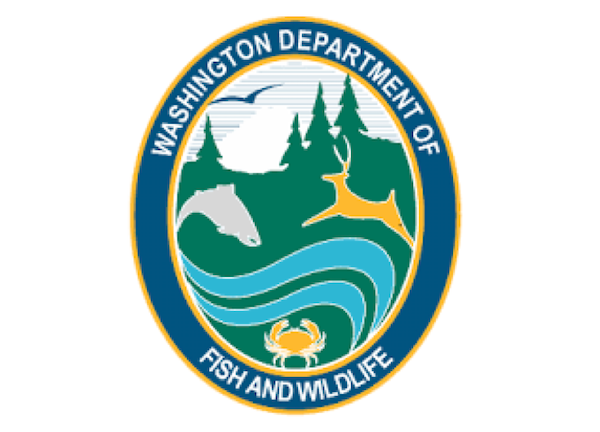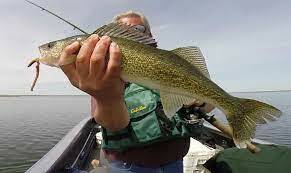New WDFW report recommends 1,000-yard buffer around endangered Southern Resident orcas

by WA Department of Fish & Wildlife Staff
12-1-2022
Website
Biennial report outlines adaptive management recommendations for recreational boaters, commercial whale watching operators
OLYMPIA – A new report released by the Washington Department of Fish and Wildlife (WDFW) recommends that the Legislature increase the vessel buffer for recreational boaters, commercial whale watching operators, and guided paddle tours around Southern Resident killer whales to 1,000 yards to further support orca recovery.
Prompted by Senate Bill 5577, the report considers the effectiveness of rules for recreational boaters and commercial whale watching operators aimed at protecting Southern Residents from the effects of vessel noise and disturbance.
Listed as endangered under the Endangered Species Act in 2005, Southern Resident killer whales face three main threats: lack of food, contaminants in their food, and vessel noise and disturbance as they forage and communicate using echolocation. Center for Whale Research's September 2022 census recorded the Southern Resident population at just 73 individuals.
Just this past summer, the Department designated 12 Southern Residents as vulnerable after researchers demonstrated they were in the lowest body condition state—the bottom 20% for the whale's age and sex—which is associated with a two-to-three times higher rate of mortality.
"We appreciate legislative leaders inviting an opportunity to reflect on our current statutes for recreational boaters and commercial whale watching operators," said Julie Watson, Ph.D., WDFW's killer whale policy lead. "Given the dire state of the Southern Resident killer whale population and the latest science on vessel impacts on foraging success, implementing the report's recommendation to update the buffer around Southern Residents would support recovery of this endangered population."
The Department also recommends maintaining the definition of commercial whale watching and the license requirement, but recommends changes to reduce the potential financial and administrative burden of the license and rules, simplifying where possible, and further distinguishing between motorized commercial whale watching and non-motorized, guided paddle tours. While the report recommends a 1,000-yard buffer around Southern Residents, it doesn't suggest any changes to commercial or recreational viewing of other, healthier populations such as Bigg's killer whales, humpback whales, gray whales, or any other whale species currently in the area, which comprise most whale-watching opportunities in Washington.
The report was informed by current and best available science since the commercial whale watching rules were adopted two years ago. In addition, the Department gathered input via a public survey with more than 800 respondents and focus group discussions with various stakeholders. The Department also sought coordination through an intergovernmental group with local, state, federal, Canadian, and tribal government representation.
The full report is available on WDFW's website.
Current Be Whale Wise regulations
While it contains recommendations for potential changes, the report's release doesn't immediately change current Washington law.
Any changes to rules for recreational boaters and commercial whale watching operators viewing Southern Resident killer whales as recommended in the report would be pending legislative outcomes and/or subsequent rule making.
The current law requires recreational vessels to stay at least 300 yards from Southern Resident killer whales and at least 400 yards out of the path in front of and behind the whales. Vessels must also reduce their speed to seven knots within one-half nautical mile of Southern Residents. More information is available on the Be Whale Wise website.
The current rules for commercial viewing of Southern Residents, and more information about the Department's Commercial Whale Watching Licensing Program are available on WDFW's website.
WDFW will be producing similar reports in 2024 and 2026 in another opportunity to review of the effectiveness of the statues and recommended modifications as needed.
The Washington Department of Fish and Wildlife works to preserve, protect and perpetuate fish, wildlife and ecosystems while providing sustainable fish and wildlife recreational and commercial opportunities.
More Reports
2023 Banks Lake Walleye Fishing Prospects
Banks Lake
12-1-2022
Interested in fishing Banks Lake in central Washington for walleye but curious what the prospects are? You can find 2023...... Read More

11-30-2022
OLYMPIA – Fishery managers with the Washington Department of Fish and Wildlife (WDFW) announced today their final approach for the...... Read More
